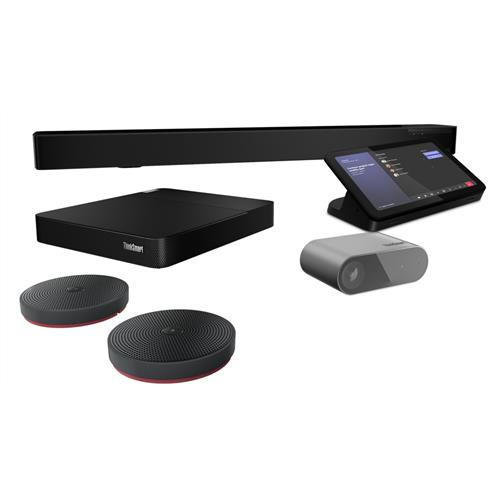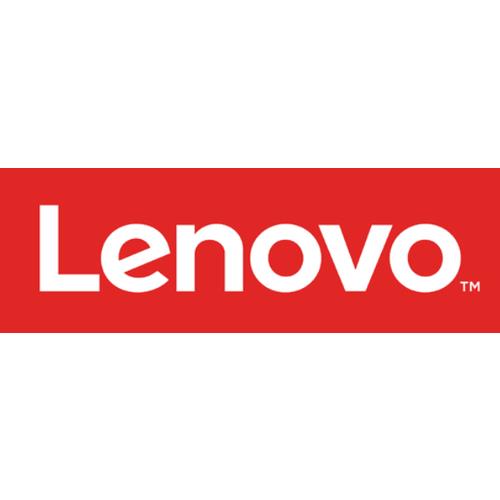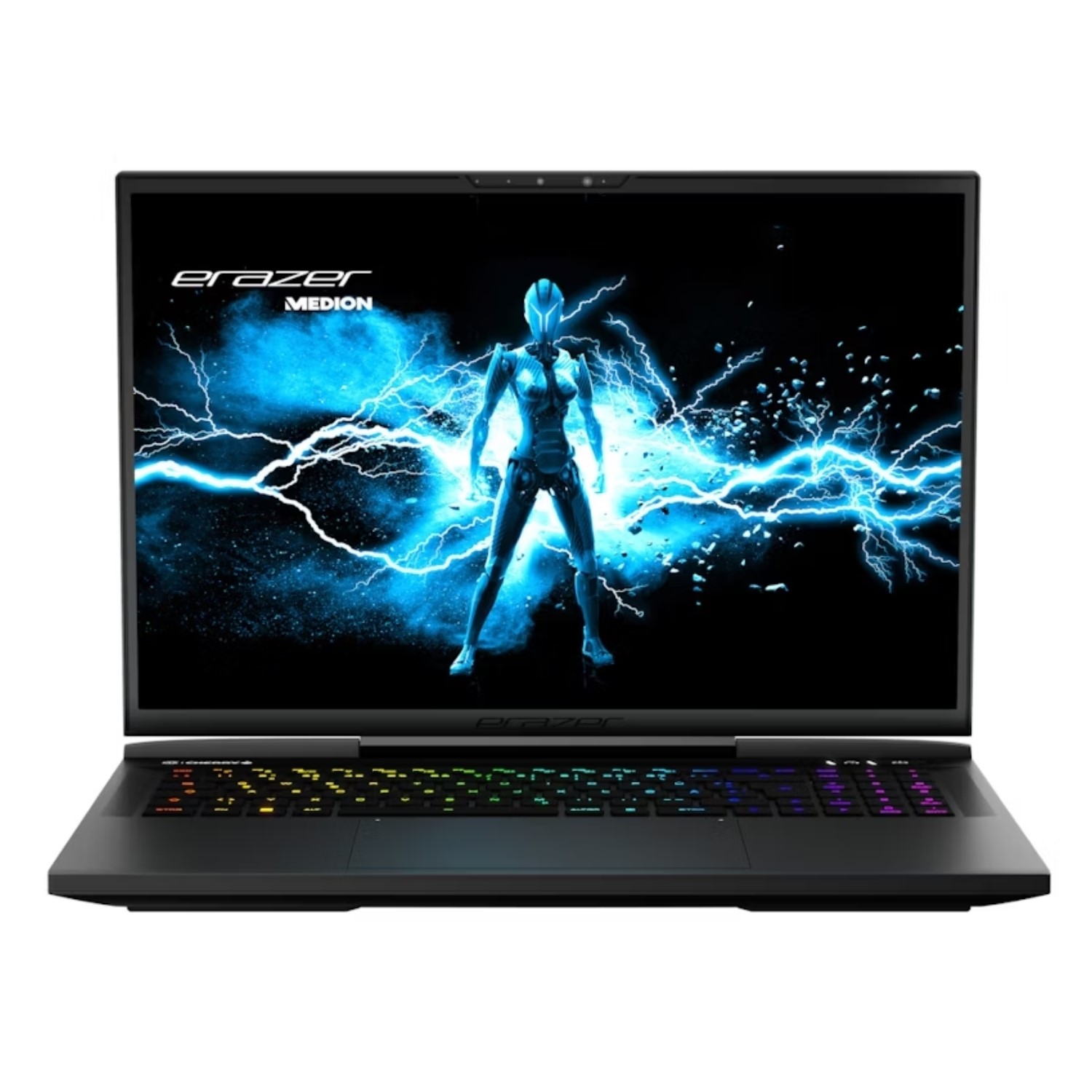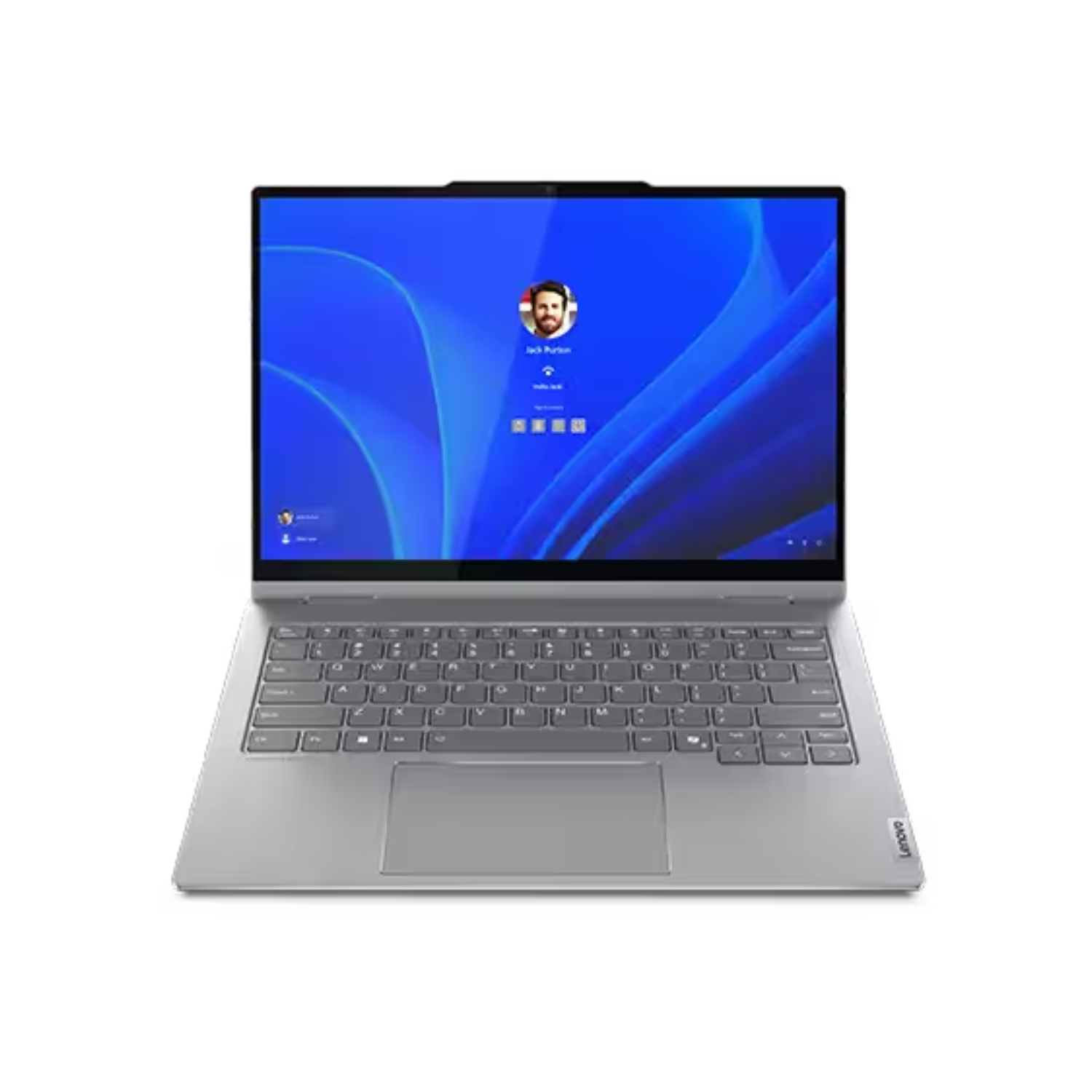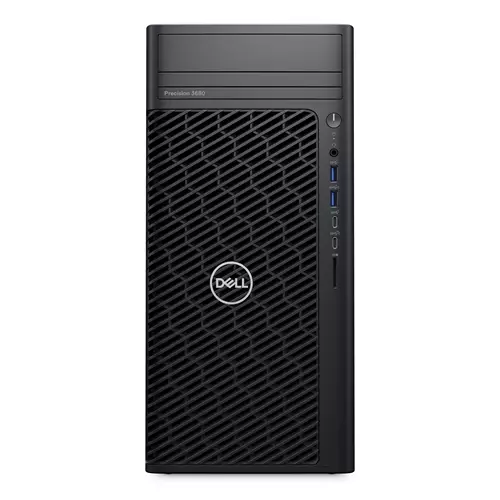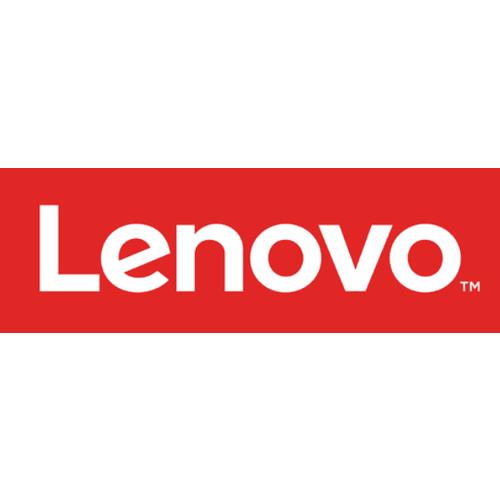

Introduction

The Palit GeForce RTX 5070 GamingPro OC is the company’s most premium custom-design rendition of NVIDIA’s new performance segment GPU, one that’s arguably the most important SKU in the generation, given that all its predecessors sold in large volumes. The Palit GamingPro brand strikes a balance of aesthetics and enthusiast-friendly features. It’s positioned below the GameRock and JetStream brands, but Palit hasn’t launched an RTX 5070 GameRock, making this the company’s best RTX 5070—for now. With the RTX 50-series, Palit also introduced the Infinity series of value custom-design cards priced closest to MSRP. The GeForce RTX 5070 is a lean mean machine designed to max out gameplay at 1440p, including having ray tracing enabled. You can take advantage of features such as DLSS, including the latest DLSS 4 Multi Frame Generation, to enable new use-cases, such as 1440p with high refresh-rates or 4K.

The GeForce RTX 5070 is powered by the new GeForce Blackwell graphics architecture. NVIDIA built this generation of GPUs on the same NVIDIA 4N foundry node as the previous RTX 40-series Ada generation—a node that went into mass-production in 2022. As a mature node in 2025, it gives NVIDIA the best manufacturing costs, so it could keep supplies of its GeForce RTX products unaffected by rising demand for its Blackwell AI GPUs. Whatever generational energy efficiency gains you see with the RTX 50-series are hence purely a function of the architecture and new power management technologies introduced with it.
The GeForce Blackwell graphics architecture introduces a new concept to consumer 3D graphics, called Neural Rendering. It aims to bring the power of generative AI models into the gaming graphics workflow, with an AI model running in tandem with the conventional raster 3D graphics stack, and neural objects being combined with raster 3D much in the same way RTX brings real time ray traced objects to it. NVIDIA even worked with Microsoft to standardize this at the DirectX 12 API level, letting 3D applications directly address the Tensor cores on the GPU, and for the Shader Execution Reordering component to be aware of neural shaders. Neural Rendering is only possible on the RTX 50-series, and not older generations of GeForce, because NVIDIA relies on a new hardware scheduler to manage the various AI-related compute resources on the silicon, called the AI Management Processor (AMP).
The RTX 50-series also introduces DLSS 4 and Multi Frame Generation. DLSS 4 sees the company debut a new transformer-based AI model replacing the older convoluted neural networks (CNN) based one. This is more accurate, and vastly improves image quality at every performance preset. Transformer models replace CNN-based ones for super resolution, ray reconstruction, as well as frame generation; speaking of which, the new Multi Frame Generation (MFG) technology lets the GPU generate up to three frames entirely using AI, following a conventionally rendered one, letting you nearly quadruple framerates. MFG is exclusive to Blackwell because it relies on hardware flip-metering to accurately pace frames, which is introduced with the updated display engine of Blackwell.
The new Blackwell streaming multiprocessor (SM) features concurrent FP32 and INT32 math capability on all its CUDA cores—Ada could only have this on half its CUDA cores per SM. The new 5th Gen Tensor core comes with FP4 data format capability to increase throughput by trading in precision. The 4th Gen RT core comes with even more specialized hardware, including components that enable Mega Geometry, or the ability for ray traced objects to have exponentially higher triangle counts (and the need for rays to interact with all of those triangles). The generational increase in the use of AI models in consumer graphics warrants increases in memory bandwidth. NVIDIA implemented the new GDDR7 memory standard, with the RTX 5070 coming with 12 GB of 28 Gbps GDDR7 memory across a 192-bit wide memory interface for a 33% increase in memory bandwidth over the previous RTX 4070.
The RTX 5070 introduces the new GB205 silicon, nearly maxing it out by utilizing 48 of the 50 SM units available. This leads to 6,144 CUDA cores, 192 Tensor cores, 48 RT cores, and 192 TMUs. In a notable upgrade, the RTX 5070 benefits from all 80 ROPs available on the GB203 silicon—remember, the RTX 4070 only utilized 64 of the 80 ROPs from the AD104 silicon. Additionally, the RTX 5070 boasts the full 48 MB of L2 cache on the silicon, compared to the 36 MB seen on the RTX 4070. A 192-bit GDDR7 memory interface drives 12 GB of memory, enhancing overall performance.
Palit’s GeForce RTX 5070 GamingPro OC comes with a fairly heavy triple-slot cooling solution, with an aluminium fin-stack heatsink that’s ventilated by a trio of TurboFan 4.0 axial airflow fans that come with dual ball bearings. Unlike the company’s latest GameRock graphics cards (available on RTX 5070 Ti and above), the GamingPro OC comes with a touch of tastefully executed RGB lighting, and offers a 3-pin ARGB header to sync your build’s lighting with the card’s. It also offers dual-BIOS, with the default Performance BIOS running the card at 2572 MHz boost (compared to 2512 MHz reference), while the second Quiet BIOS drops it to reference speeds to bring down fan noise. Palit graphics cards are rarely available in the US. We found the RTX 5070 GamingPro OC listed online (and in-stock) in Europe for €750, including VAT, which converts to USD 675 without VAT, or $125 higher than the NVIDIA baseline MSRP.
| Price | Cores | ROPs | Core Clock | Boost Clock | Memory Clock | GPU | Transistors | Memory | |
|---|---|---|---|---|---|---|---|---|---|
| RTX 3080 | $420 | 8704 | 96 | 1440 MHz | 1710 MHz | 1188 MHz | GA102 | 28000M | 10 GB, GDDR6X, 320-bit |
| RTX 4070 | $490 | 5888 | 64 | 1920 MHz | 2475 MHz | 1313 MHz | AD104 | 35800M | 12 GB, GDDR6X, 192-bit |
| RX 7800 XT | $440 | 3840 | 96 | 2124 MHz | 2430 MHz | 2425 MHz | Navi 32 | 28100M | 16 GB, GDDR6, 256-bit |
| RX 6900 XT | $450 | 5120 | 128 | 2015 MHz | 2250 MHz | 2000 MHz | Navi 21 | 26800M | 16 GB, GDDR6, 256-bit |
| RX 6950 XT | $630 | 5120 | 128 | 2100 MHz | 2310 MHz | 2250 MHz | Navi 21 | 26800M | 16 GB, GDDR6, 256-bit |
| RTX 3090 | $900 | 10496 | 112 | 1395 MHz | 1695 MHz | 1219 MHz | GA102 | 28000M | 24 GB, GDDR6X, 384-bit |
| RTX 4070 Super | $590 | 7168 | 80 | 1980 MHz | 2475 MHz | 1313 MHz | AD104 | 35800M | 12 GB, GDDR6X, 192-bit |
| RX 7900 GRE | $530 | 5120 | 160 | 1880 MHz | 2245 MHz | 2250 MHz | Navi 31 | 57700M | 16 GB, GDDR6, 256-bit |
| RTX 4070 Ti | $700 | 7680 | 80 | 2310 MHz | 2610 MHz | 1313 MHz | AD104 | 35800M | 12 GB, GDDR6X, 192-bit |
| RTX 5070 | $550 | 6144 | 80 | 2325 MHz | 2512 MHz | 1750 MHz | GB205 | 31100M | 12 GB, GDDR7, 192-bit |
| Palit RTX 5070 GamingPro OC | $675 | 6144 | 80 | 2325 MHz | 2572 MHz | 1750 MHz | GB205 | 31100M | 12 GB, GDDR7, 192-bit |
| RTX 4070 Ti Super | $750 | 8448 | 112 | 2340 MHz | 2610 MHz | 1313 MHz | AD103 | 45900M | 16 GB, GDDR6X, 256-bit |
| RX 7900 XT | $620 | 5376 | 192 | 2000 MHz | 2400 MHz | 2500 MHz | Navi 31 | 57700M | 20 GB, GDDR6, 320-bit |
| RTX 5070 Ti | $750 | 8960 | 96 | 2295 MHz | 2452 MHz | 1750 MHz | GB203 | 45600M | 16 GB, GDDR7, 256-bit |
| RTX 3090 Ti | $1000 | 10752 | 112 | 1560 MHz | 1950 MHz | 1313 MHz | GA102 | 28000M | 24 GB, GDDR6X, 384-bit |
| RTX 4080 | $940 | 9728 | 112 | 2205 MHz | 2505 MHz | 1400 MHz | AD103 | 45900M | 16 GB, GDDR6X, 256-bit |
| RTX 4080 Super | $990 | 10240 | 112 | 2295 MHz | 2550 MHz | 1438 MHz | AD103 | 45900M | 16 GB, GDDR6X, 256-bit |
| RX 7900 XTX | $820 | 6144 | 192 | 2300 MHz | 2500 MHz | 2500 MHz | Navi 31 | 57700M | 24 GB, GDDR6, 384-bit |
| RTX 5080 | $1000 | 10752 | 112 | 2295 MHz | 2617 MHz | 1875 MHz | GB203 | 45600M | 16 GB, GDDR7, 256-bit |
| RTX 4090 | $2400 | 16384 | 176 | 2235 MHz | 2520 MHz | 1313 MHz | AD102 | 76300M | 24 GB, GDDR6X, 384-bit |
| RTX 5090 | $2000 | 21760 | 176 | 2017 MHz | 2407 MHz | 1750 MHz | GB202 | 92200M | 32 GB, GDDR7, 512-bit |

